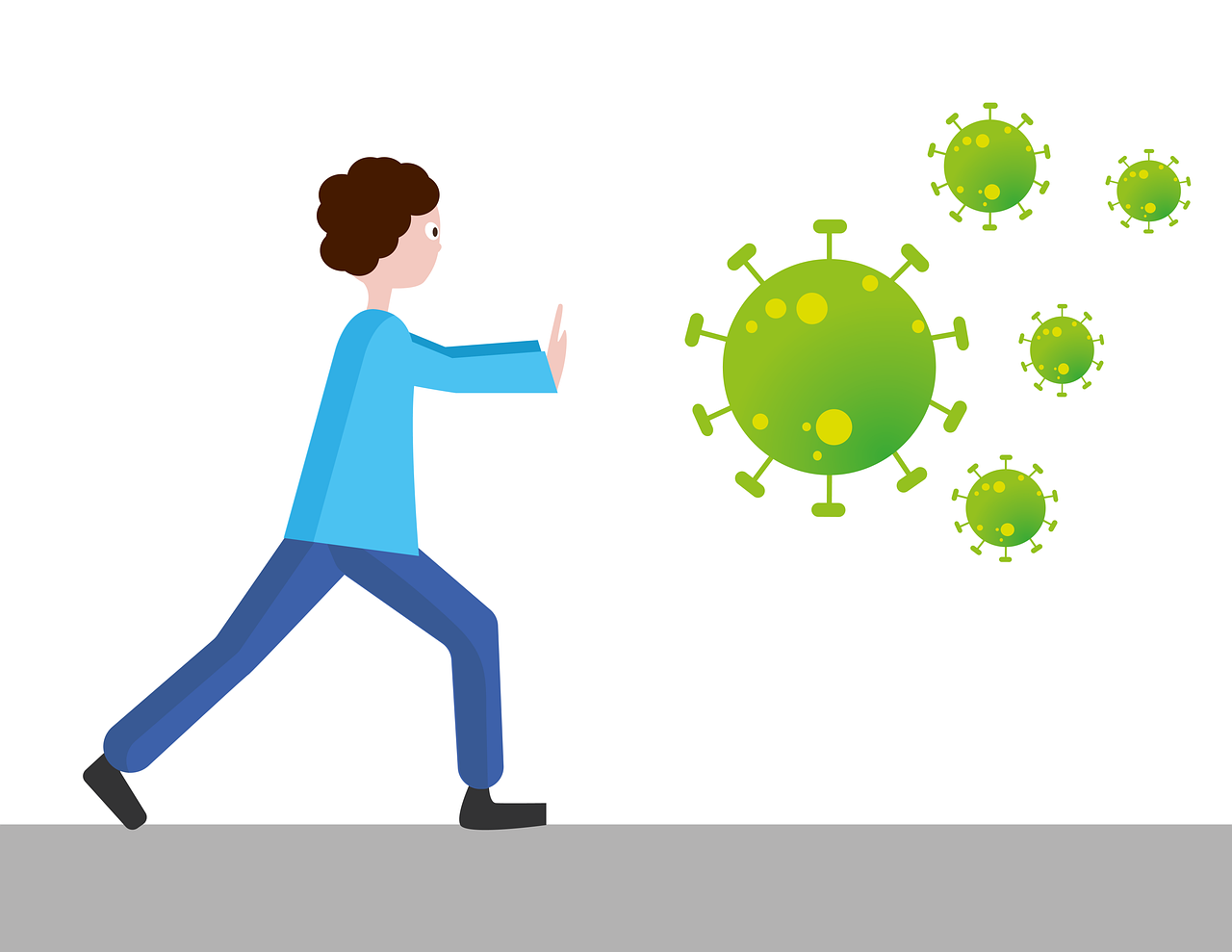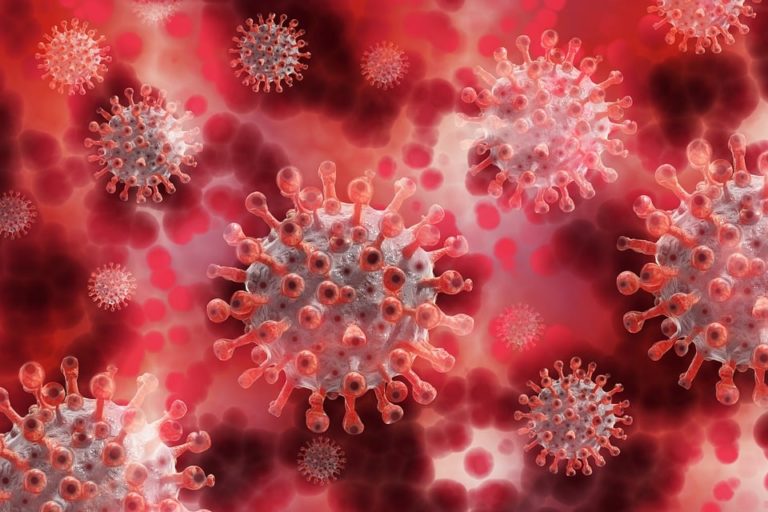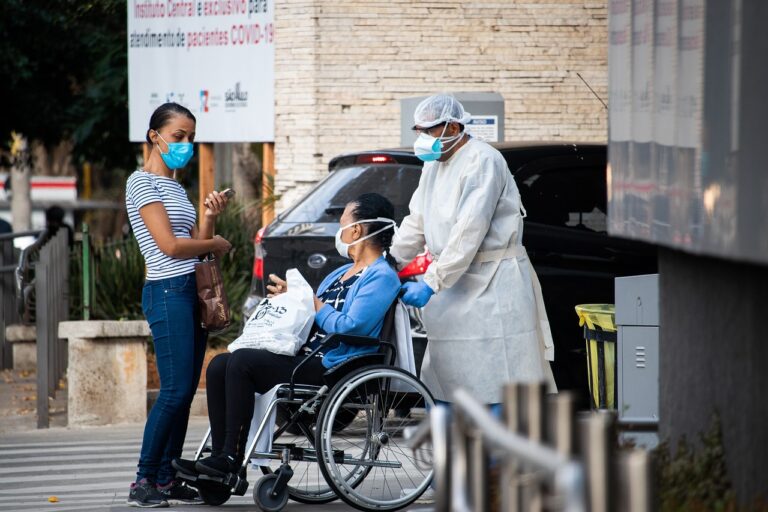Book Appointment Now

Diagnosis and Treatment for Chlamydia Infection
Chlamydia infection treatment is a vital part of infection control, particularly within the realm of sexual health nursing. As one of the most common sexually transmitted infections (STIs), Chlamydia often presents with mild or no symptoms, making regular screening and early diagnosis critical. Nurses play a pivotal role in both the diagnosis and treatment of Chlamydia, as well as in educating patients on prevention and the importance of timely medical care. This article will delve into the nursing responsibilities involved in Chlamydia care, including diagnosis, treatment, and prevention strategies.
Get a custom nursing essay with your diagnosis and treatment of Chlamydia assignment? ![]()
Understanding Chlamydia: What Nurses Should Know
Chlamydia is caused by the bacterium Chlamydia trachomatis and can infect both men and women, typically affecting the genital area, though it can also infect the rectum and throat. Without prompt treatment, Chlamydia can lead to serious complications, including pelvic inflammatory disease (PID) in women and epididymitis in men, both of which may result in infertility.
Common Symptoms of Chlamydia
- In women: Unusual vaginal discharge, pain during urination, bleeding between periods
- In men: Discharge from the penis, pain during urination, swelling around the testicles
- Rectal infections: Pain, discharge, or bleeding
Because Chlamydia is often asymptomatic, routine screening is a key responsibility of nurses, particularly in high-risk populations.
Diagnosis of Chlamydia Infection
Early diagnosis of Chlamydia is essential for preventing complications and limiting the spread of the infection. Nurses are often involved in the testing and screening process, especially in community health settings and sexual health clinics.
Diagnostic Procedures:
- Nucleic Acid Amplification Test (NAAT): The gold standard for Chlamydia diagnosis, this test is typically conducted using a urine sample or swabs from the cervix, urethra, rectum, or throat.
- Screening Guidelines: Regular screening is recommended for sexually active women under 25, as well as older women with risk factors such as new or multiple sex partners. Men who have sex with men (MSM) should also undergo regular screening.
As healthcare providers, nurses should ensure that patients understand the importance of regular STI testing, particularly because Chlamydia is often asymptomatic.
Chlamydia Infection Treatment: A Nursing Approach
Once Chlamydia infection has been diagnosed, prompt treatment is necessary to prevent complications and transmission to others. Nurses are responsible for administering or prescribing appropriate antibiotic treatment, as well as providing patient education on medication adherence and partner notification.
Common Treatments:
- Antibiotics: The first-line treatment for Chlamydia includes a single dose of azithromycin or a seven-day course of doxycycline. Both medications are highly effective when taken as directed.
- Partner Treatment: Nurses must emphasize the importance of partner notification and treatment to prevent re-infection and further spread of the infection.
- Follow-up Care: Re-testing for Chlamydia is generally recommended three months after treatment to ensure the infection has been cleared.
By focusing on patient education, nurses can help improve treatment adherence and reduce the risk of complications associated with untreated Chlamydia.
Prevention of Chlamydia and Nursing Interventions
Nurses are essential in the prevention of STIs, including Chlamydia. By providing education on safer sex practices and the importance of regular screening, nurses can help reduce infection rates in the community.
Key Nursing Interventions:
- Patient Education: Nurses should counsel patients on the use of condoms and other barrier methods to reduce the risk of transmission.
- Encouraging Screening: Regular screening is vital for early detection, particularly for individuals in high-risk groups.
- Partner Notification Systems: Encouraging patients to inform their partners and providing resources such as expedited partner therapy (EPT) can prevent further transmission.
Through these interventions, nurses contribute significantly to the control and prevention of Chlamydia infections in their patient populations.
Complications of Untreated Chlamydia
If left untreated, Chlamydia can lead to serious health complications. Nurses must educate patients on the potential long-term effects of untreated infections to encourage adherence to treatment plans.
Potential Complications:
- Pelvic Inflammatory Disease (PID): In women, untreated Chlamydia can cause PID, which may lead to chronic pelvic pain, ectopic pregnancy, or infertility.
- Epididymitis: In men, Chlamydia can lead to epididymitis, a painful condition that can also result in infertility.
- Increased Risk of HIV: Untreated Chlamydia can increase a person’s susceptibility to contracting HIV.
Nurses should emphasize the importance of early treatment to prevent these complications and protect overall sexual health.
Managing Chlamydia infection treatment is an integral part of nursing care, especially in sexual health and infection control. From conducting diagnostic tests to administering antibiotics and educating patients, nurses play a crucial role in every stage of care. By focusing on prevention, early diagnosis, and effective treatment, nurses can help reduce the spread of Chlamydia and prevent its potentially serious complications. With the ongoing rise in STIs, nursing interventions and patient education remain essential tools in combating infections like Chlamydia.







